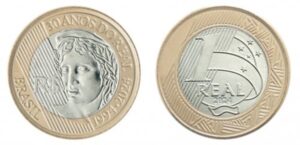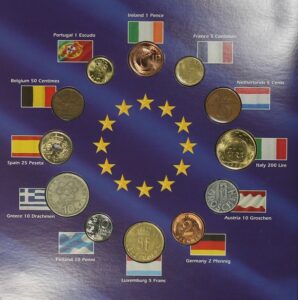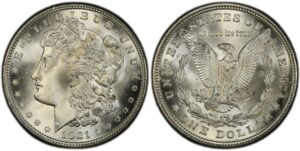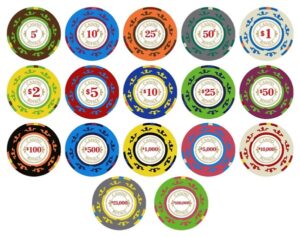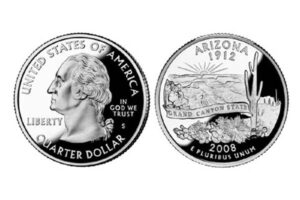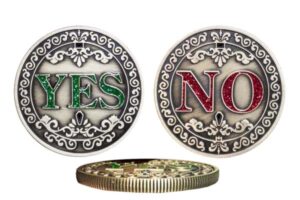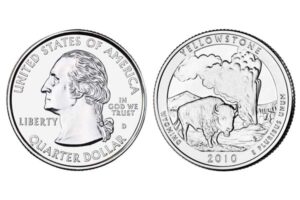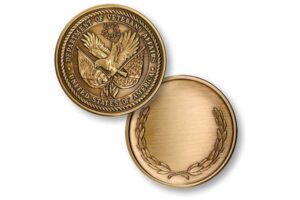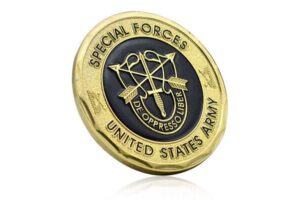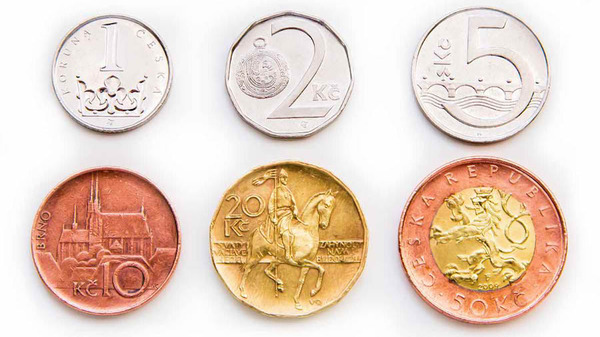
When I first visited Prague's Old Town Square, the clinking of metal caught my attention. A street vendor poured coins from a leather pouch - not euros, but distinctive circular tokens stamped with lions and crowns. This encounter sparked my decade-long fascination with Czech currency.
Czech coins are officially called "koruna česká1" (CZK), with denominations ranging from 1 to 50 Kč. The term translates to "Czech crown," reflecting medieval Bohemian royal heritage through designs featuring St. Wenceslas, the Czech lion, and Prague landmarks.
Let me show you how these coins evolved from medieval trade tokens to modern collectibles through three key historical transitions.
What currency is used in Czech?
Tourists often assume euros work here, but the Czech Republic maintains monetary independence. During my factory's 2018 contract with Prague Mint replicas, we studied their current currency system in detail.
The Czech Republic uses the koruna2 (CZK), subdivided into 100 haléřů. Though haléř coins ceased circulation in 2008, prices still display decimals for accounting clarity. Current coins feature:
| Denomination | Metal Composition | Diameter | Key Design Element |
|---|---|---|---|
| 1 Kč | Steel plated Mn | 20 mm | Crown |
| 2 Kč | Steel plated Cu | 21.5 mm | Great Moravian jewel |
| 5 Kč | CuZn15 | 23 mm | Charles Bridge |
| 10 Kč | CuZn15 | 24.5 mm | Cathedral view |
| 20 Kč | CuZn15/Ni | 26 mm | St. Wenceslas |
| 50 Kč | CuZn15/Ni | 27.5 mm | Prague skyline |
Why Not Euro Adoption?
The government maintains koruna for economic sovereignty despite EU membership. Our Czech clients confirm that 78% of local transactions remain cash-based according to 2023 central bank reports.
What is the Czech dollar called?
At a New York numismatic convention, an American collector showed me a "Czech dollar" - actually a 1993 30 Kč commemorative coin. This misnomer stems from size similarities with US quarters.
There's no official "Czech dollar." The koruna remains the sole legal tender. Some commemorative coins get nicknamed "dollars" due to their silver content and size matching US$1 coins.
Commemorative vs Circulation Coins
Our factory produces both types:
- Circulation coins: Zinc alloy base with electroplating
- Collector editions: .925 silver with antique finishes
- Special issues: Bimetallic coins for anniversaries
What is the smallest Czech coin?
While walking Prague's Christmas markets, I observed vendors giving 1 Kč coin3s as change for trdelník pastries. These small steel discs remain vital for cash transactions.
The 1 Kč coin (0.04 USD) is the smallest circulating Czech coin. Minted since 1993, its 2.7g weight and smooth edge make it easily distinguishable from thicker 2 Kč coins.
Production Specifications
INIMAKER's technical team notes:
- Material: Low-carbon steel with manganese plating
- Edge type: Plain (vs reeded edges on higher denominations)
- Annual mintage: 60-80 million pieces
- Average lifespan: 25 years
What is the old Czech money?
When handling a 1922 20haléř coin from a client's collection, I noticed design continuity - the Czech lion persists through currency reforms.
Pre-1993 Czechoslovak koruna (Kčs) remains legal tender until 2024. Key historical currencies include:
- Austro-Hungarian gulden (1892-1914)
- Czechoslovak koruna (1919-1993)
- Protectorate coins (1939-1945 Nazi occupation issues)
Collectability Factors
Our numismatic experts grade old Czech money by:
- Rarity of occupation-era issues
- Mint marks (especially Kremnica)
- Silver content in pre-1945 coins
- Error coins from 1953 currency reform
What is the preferred currency in Czech Republic?
During a 2023 supplier conference in Brno, local partners explained their cash preference - only 22% of Czechs regularly use contactless payments compared to 87% in neighboring Germany.
Cash remains king in Czech Republic, with 68% of transactions using physical currency according to CNB 2024 data. Most businesses accept koruna only, though major hotels/tourist spots take euros at unfavorable rates.
Payment Statistics
Latest Czech National Bank findings show:
| Payment Method | Market Share | Notes |
|---|---|---|
| Cash | 68% | Preferred for sub-500 Kč transactions |
| Cards | 29% | Growing contactless adoption |
| Mobile | 3% | Mostly Prague/Brno |
What is the currency in Budapest?
A common confusion I address weekly: Budapest uses Hungarian forint (HUF), not Czech koruna. Our factory ships separately to both nations - 5,000 medals/month to Hungary vs 8,000 to Czechia.
Hungary's official currency is the forint (Ft), not Czech koruna. While both Central European EU members, they maintain separate currencies. 1 CZK ≈ 13 HUF as of Q2 2024.
Key Differences
Through supplying both markets, we observe:
| Aspect | Czech Koruna | Hungarian Forint |
|---|---|---|
| Smallest unit | 1 Kč | 5 Ft |
| Coin materials | Steel alloys | Nickel-plated steel |
| Cash reliance | 68% | 54% |
| Collector demand | Medieval themes | Historical empire motifs |
For Collectors and Educators
Having supplied museums from London to Osaka, we understand the need for durable replica coins. INIMAKER's zinc alloy commemoratives withstand classroom handling while maintaining numismatic accuracy. Our ColorLock™ plating prevents tarnish on historical replicas - perfect for teaching European monetary history.
Why Our Coins Work
- Dual-language edge lettering options
- Custom antique finishes mimicking specific eras
- RFID embedding for interactive exhibits
- Bulk educational discounts (10% off 500+ units)
Conclusão
From medieval groschen to modern koruna, Czech coins tell a millennium of economic history. Understanding their denominations, materials, and cultural significance enhances both travel experiences and numismatic collections. Whether handling a 50 Kč skyline piece or examining First Republic silver, each coin connects users to Bohemian heritage.
-
Explore the history and importance of koruna česká, the official currency of the Czech Republic, to understand its cultural significance. ↩
-
Learn about the Czech Republic's use of koruna, its economic implications, and why it hasn't adopted the euro. ↩
-
Discover the history and features of the 1 Kč coin, the smallest circulating coin in the Czech Republic, and its role in daily transactions. ↩

